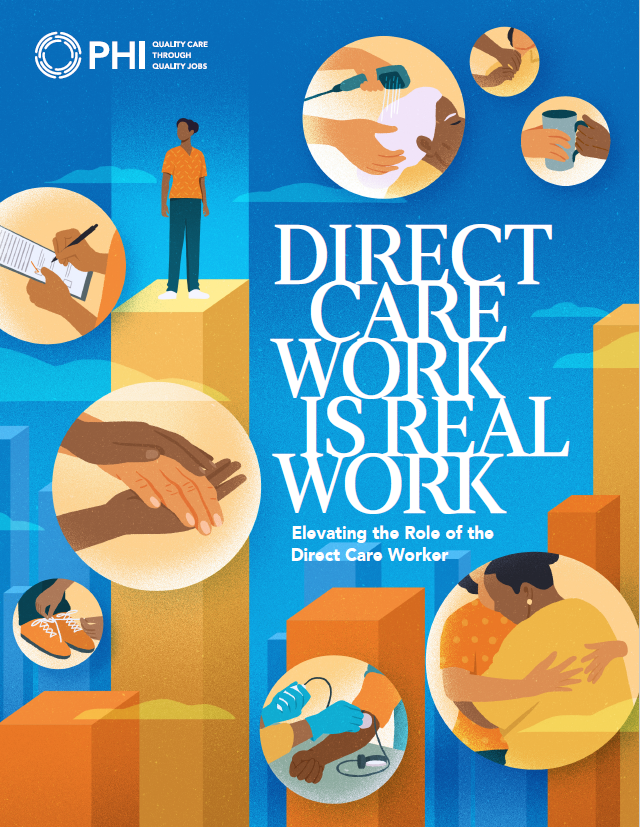The training landscape for direct care workers makes it nearly impossible to ensure that they are adequately skilled and prepared to succeed in their roles. Training requirements for direct care workers are uneven and insufficient throughout the country, with federal mandates applicable only to some workers and state training regulations varying widely across long-term care settings and job titles. Moreover, disjointed training regulations make it difficult for workers to translate their experiences across settings (from home care to residential care, for example), limiting their career mobility and the versatility of the workforce overall. Additionally, training requirements for direct care workers tend to focus on the tasks associated with assisting consumers with activities of daily living (ADLs) and instrumental activities of daily living (IADLs), yet less attention has been given to the physical, social, and emotional demands of direct care or the extent to which direct care workers are increasingly supporting people with complex health conditions. The entire training landscape—its standards, curricula, and general infrastructure—must be better developed, standardized, and resourced.
RECOMMENDATIONS
To prepare workers with the depth of knowledge and skills required to meet the needs of today’s long-term care consumers, we recommend the following:
Establish a national standard for direct care competencies. Training standards for direct care workers, where they exist, vary widely across geographic locations, care settings, and job titles. Most training standards are not competency-based and many are inadequate for delivering quality care. There should be a national standard for the core competencies required to deliver long-term services and supports (LTSS) that are relevant to all direct care workers, regardless of payment source or setting—recognizing the physical demands, social and emotional complexity, and health-related support activities involved in direct care—and that are transferrable across state lines. To be effective, states should then mandate the implementation, enforcement, and evaluation of this minimum standard. States and employers could build from the national standard to provide training programs that are setting- or population-specific, that are tailored to independent providers in consumer-directed programs, and/or that lead to higher-level or advanced direct care roles.
Overhaul direct care worker training curricula to reflect the full set of skills needed for this work. Most training standards and curricula for direct care workers focus on basic tasks and many have not been meaningfully updated in decades, despite considerable changes in LTSS consumers’ needs and the long-term care system. Long-term care leaders and direct care workforce development experts should draw directly on workers’ experiences to understand the range of challenges they face on the job, as well as incorporating consumers’ perspectives where appropriate and other evidence and expertise. Training curricula should address these challenges and upskill the direct care workforce by covering areas like communication, condition-specific care, and reporting, among others.
Strengthen training infrastructure to support adult learner-centered training and the attainment of meaningful direct care credentials. To improve direct care training quality, states should incentivize training providers to offer in-person and blended training programs that incorporate best practices for adult learners. Given the growing interest in e-learning and online training for this workforce, training programs using these modalities should be properly evaluated for accessibility and effectiveness before being brought to scale. States should also track and report direct care training and certification data, to improve efficiency and accountability within the sector. If their training information is recorded and made available to training providers and employers, for example, trainees can easily evidence and build on existing competencies to earn higher-level or more specialized direct care titles.
Increase funding for direct care training delivery and training standard enforcement. The costs associated with training entry-level direct care workers are not generally reimbursable through Medicaid or Medicare, which places the funding burden on individual workers, employers, or third-party training entities. This funding barrier can undermine access to training programs and/or compromise their quality. Public funding sources should account for training-related costs in reimbursement rates for LTSS, with specific funding marked for training delivery, enforcement of standards, and evaluation. States can also create innovation funds to support employers and other training providers in creating quality training programs, among other innovations.








